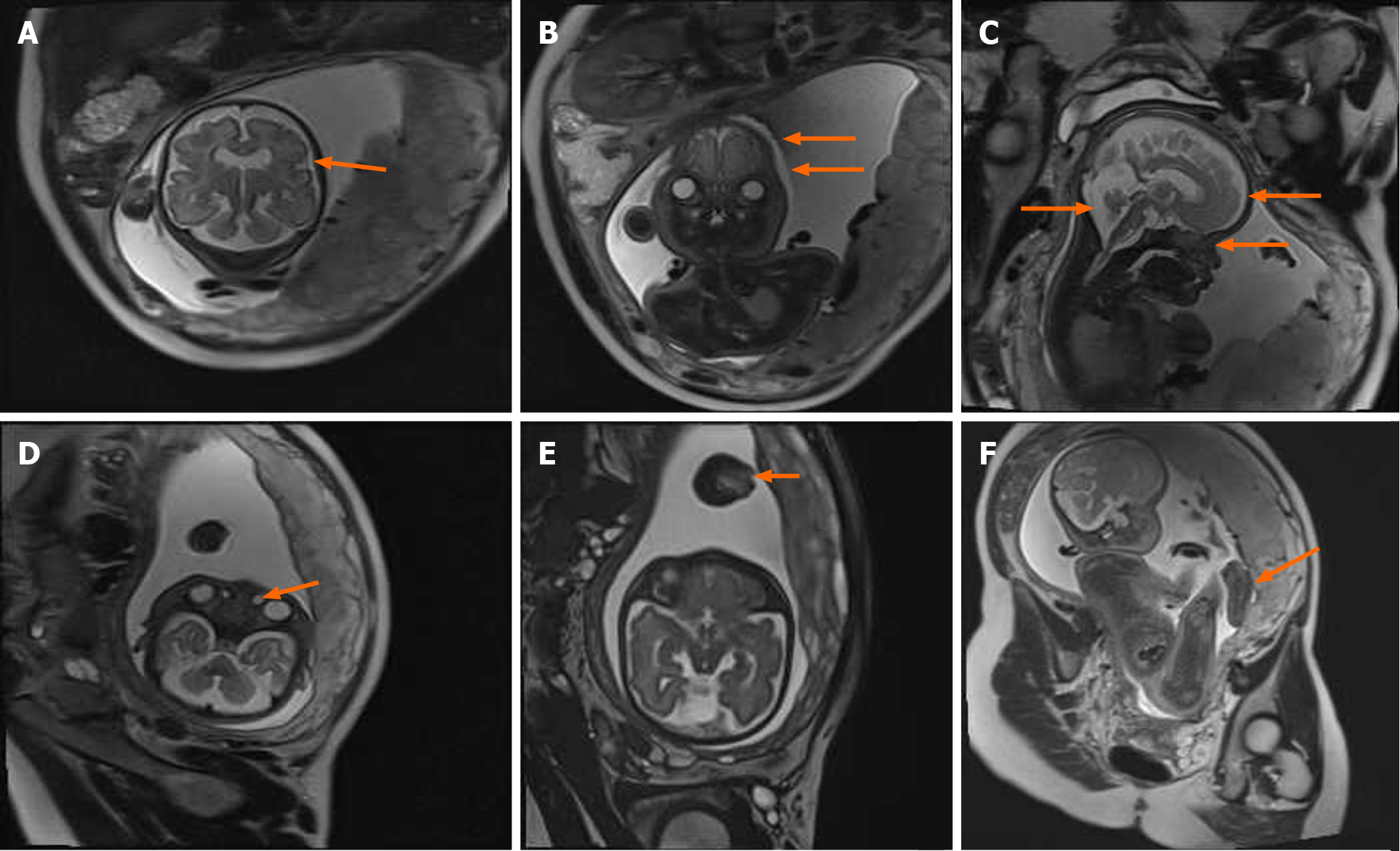


For example, if you were screened in 20 and both tests were clear, your next return to screening will be in 2025. no signs of any diabetic changes in both eyes and on both occasions) will only be asked to attend every 24 months, rather than every 12 months. Those who have been regularly screened and the last two outcomes were completely clear (i.e. Those who have been screened and the outcome showed any signs of diabetic eye problems will be asked to attend again for screening in a 12 month period. At the last trimester screening, dependent on your results, your annual/bi-annual return will resume for check ups. With diabetes and pregnantĪll people with diabetes and are currently pregnant will be asked to attend every trimester during pregnancy. With Type 1 diabetesĪll people with Type 1 diabetes who reach the age of 12 years are invited to attend immediately. If you receive a communication from us in this manner, please speak to your GP in the first instance if you have any concerns or queries. This is unavoidable as the information comes to us directly from your GP when you have a test done.

Unfortunately there can be contact from the screening department before you may have had a discussion with your healthcare practitioner about the diagnosis. DES have a national requirement to contact newly diagnosed patients promptly as we consider a first screen vital to establish any changes to your eyes. People who are newly diagnosed with T2 diabetes are invited to attend immediately for a screen. With the help of an intercommunication system, the patient can speak with the MRI technologist or radiology nurse specialist, squeeze the communication ball, and also get commands.The screening service operates a call/recall system based upon the register of people with diabetes held in Scottish Care Information - Diabetes Collaborative (SCI-Diabetes).Īll people with diabetes who are eligible for screening (except those with gestational diabetes) are offered appointments on the following basis to have their eyes screened for retinopathy: Newly diagnosed with T2 diabetes During the MRI procedure, the personnel on hand must monitor the patient. These noises could be attenuated by the patient using headphones and earplugs during the scan. MRI scanner makes loud knocking noise during the procedure, which can cause damage to the hearing system. MRI departments should provide appropriate medications and facilities to deal with possible reactions to contrast in patients. It is also recommended that the patient be informed about the details and the time of the procedure before the scan.Īlthough gadolinium chelates are generally well tolerated, MRI technologists and physicians need to be aware of adverse reactions to these contrast agents. It is recommended that patients wear gowns in the MRI environment, To avoid metallic components of clothing. Discussion with a radiologist or referring physician might be helpful to determine whether an MRI scan is the most suitable imaging modality or not. If a patient has devices or implants, the make and model of the object requires a check against relevant databases and MRI safety websites. Patients need to be asked about any foreign substance that might interfere or with MRI acquisition.

This screening is done during a verbal interview with the patient to ensure there is no contraindication for MRI. Nursing, Allied Health, and Interprofessional Team Interventionsĭue to potentially serious problems regarding safety issues with MRI, each patient needs to answer an MRI safety screening form before the scan. Thus, there should be no concern about continuing breastfeeding after MRI. Also, of that tiny amount excreted into the milk, only 0.8% is absorbed by the baby. The gadolinium contrast is excreted into breast milk in less than 0.04% of the dose injected to a mother. MRI only be taken during pregnancy to rule out suspected abnormalities and on a 1.5-tesla scanner. Before MRI, a pregnant patient or who is suspected to be pregnant, the radiology team and physician should be informed. However, the FDA determines gadolinium as a class C agent, and there is no established definitive evidence regarding MRI safety during pregnancy. To date, there is no known adverse effect or specific consequence for fetuses exposed to non-contrast MRI. Patients who are pregnant: The administration of contrast during pregnancy is predicated on a risk-benefit assessment.ĭuring pregnancy, MRI is a helpful imaging technique to evaluate obstetric and nonobstetric disorders during any trimester.


 0 kommentar(er)
0 kommentar(er)
